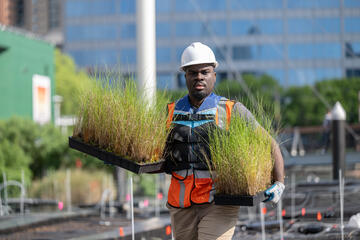Environmental health
Cuts to environmental health research portend crisis
Published Oct 15, 2025 VideoWith the federal government canceling and scaling back funding in research related to environmental health, scientists worry about the health and economic consequences for society

















